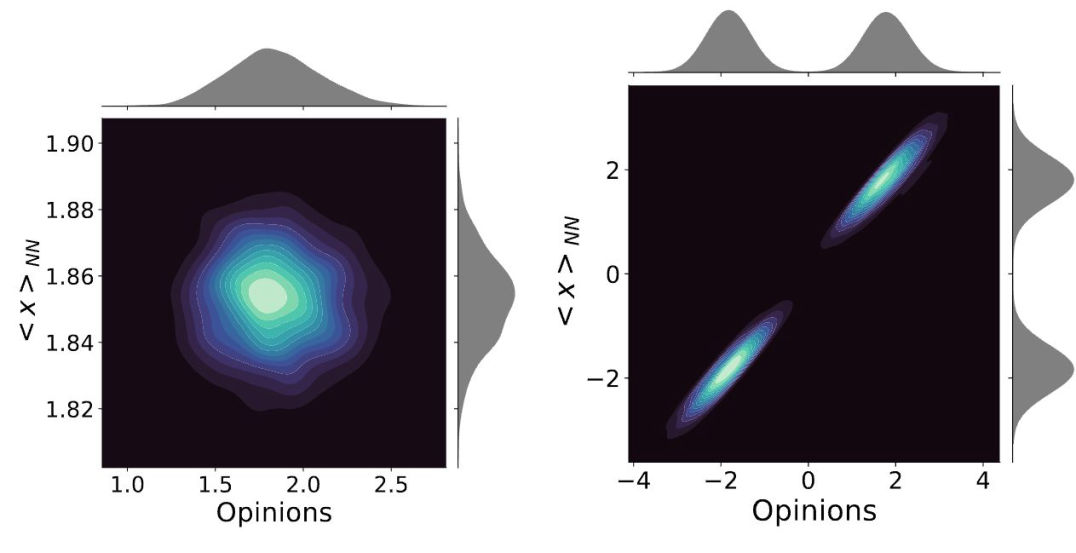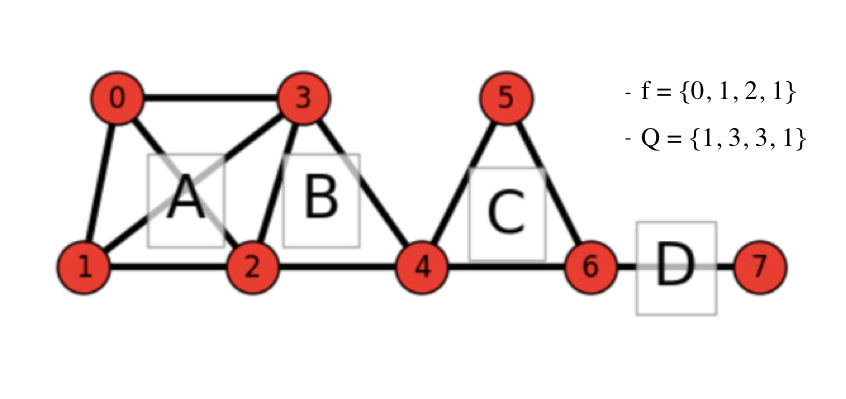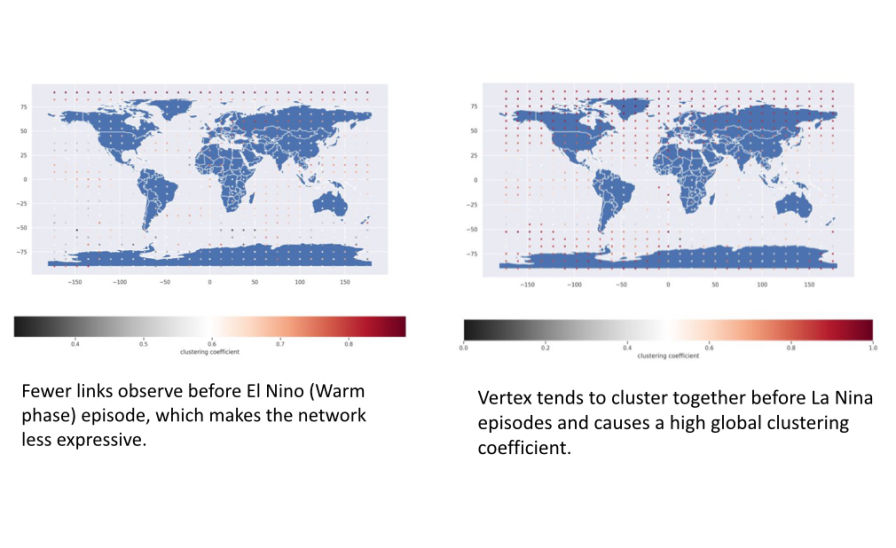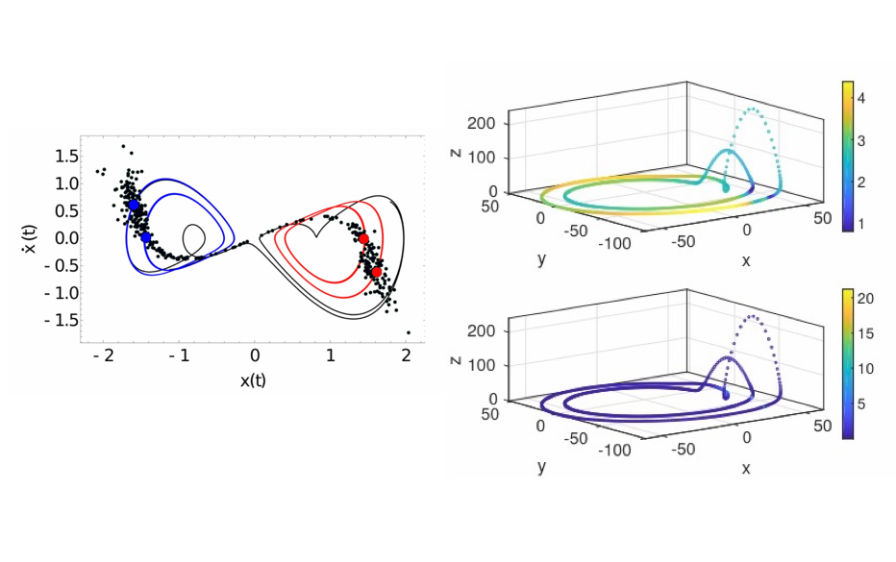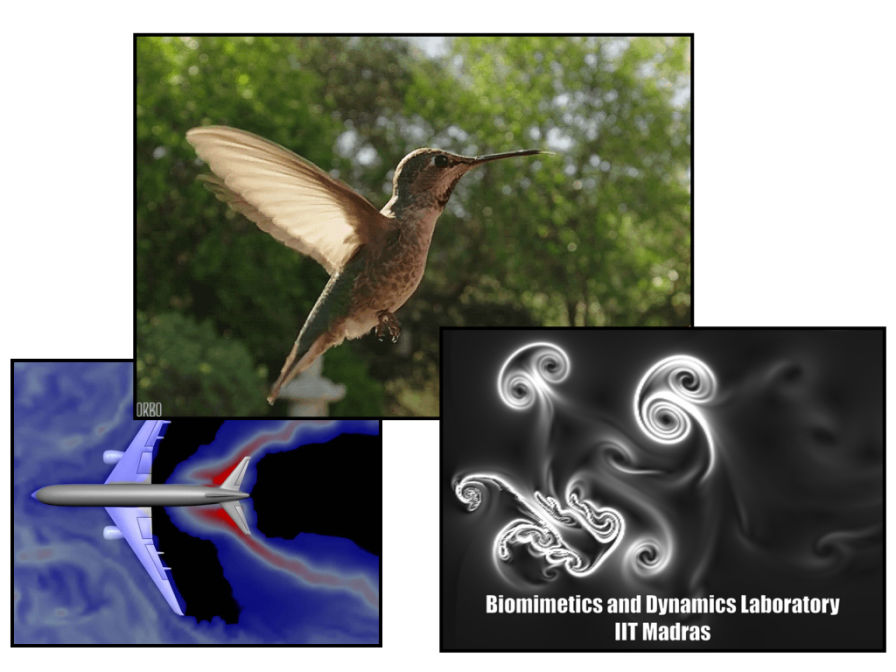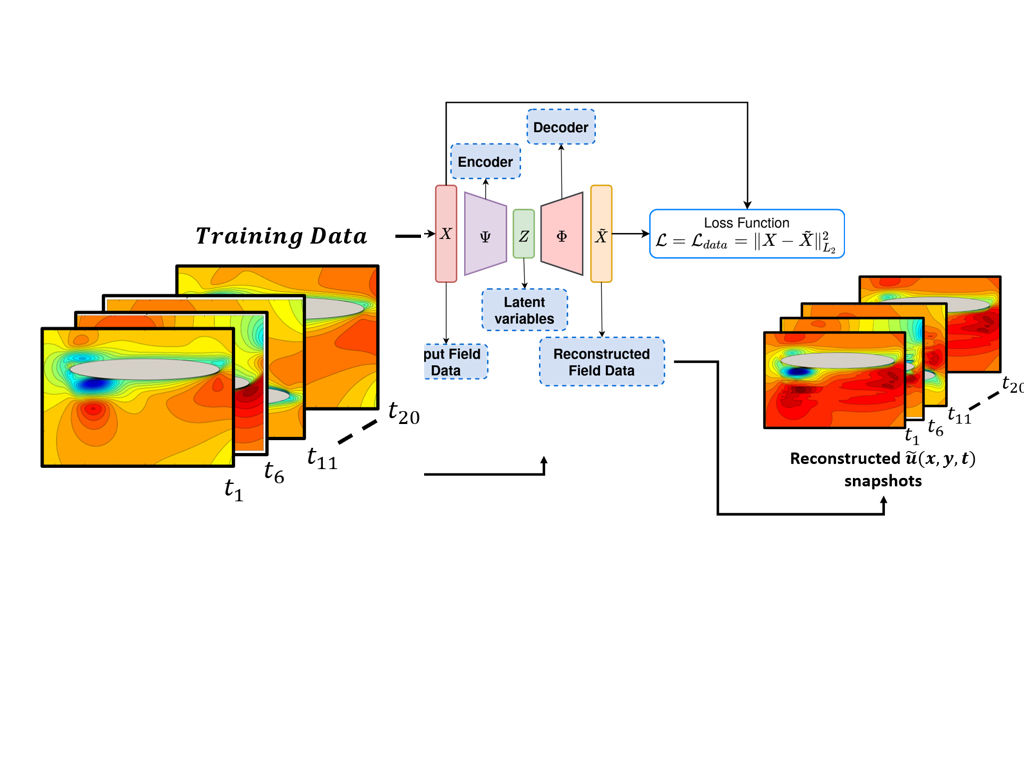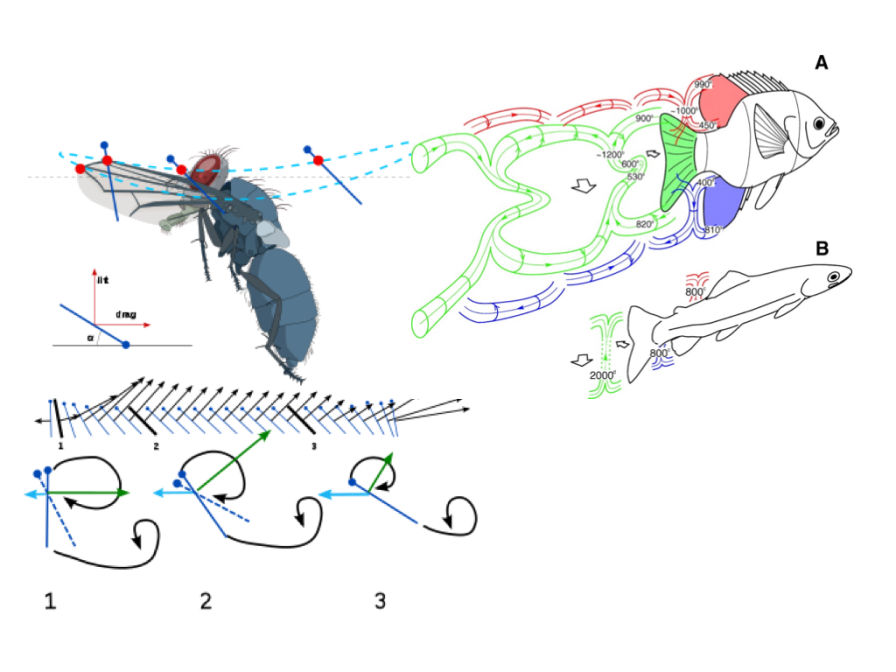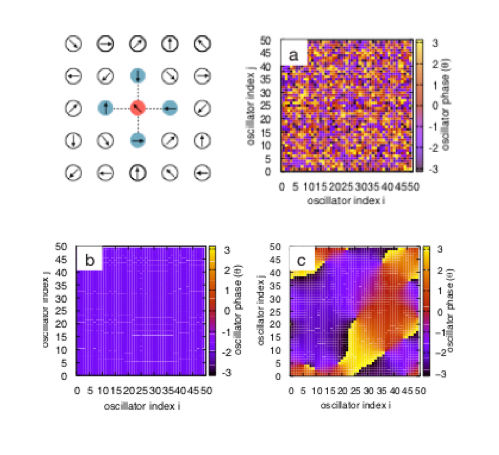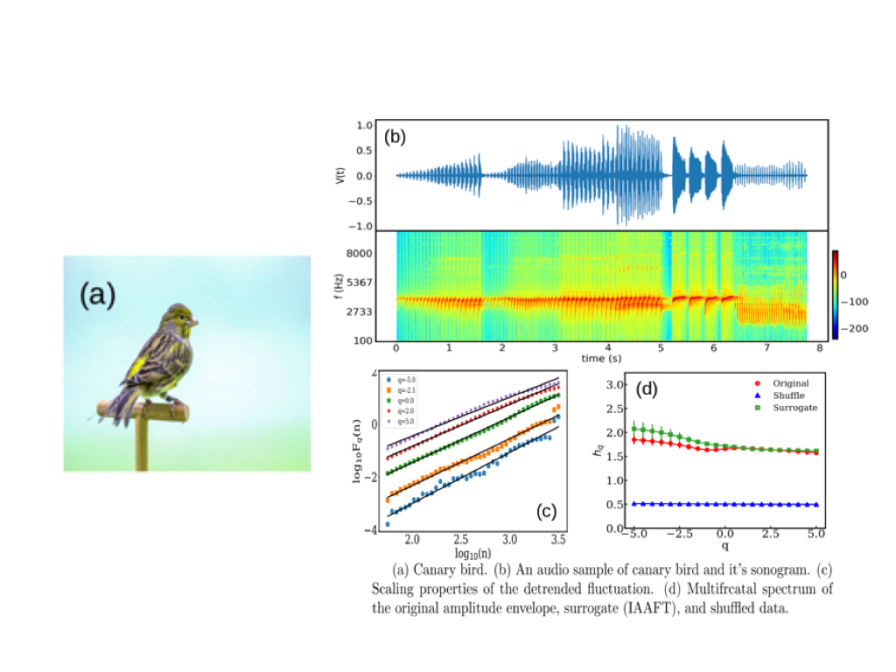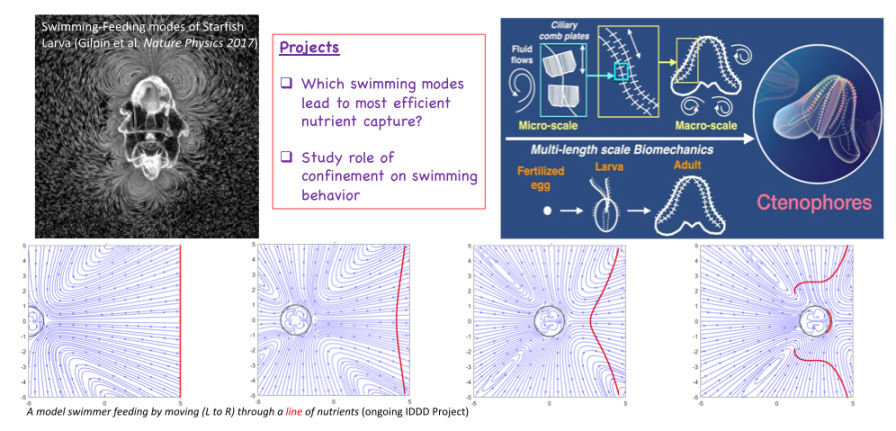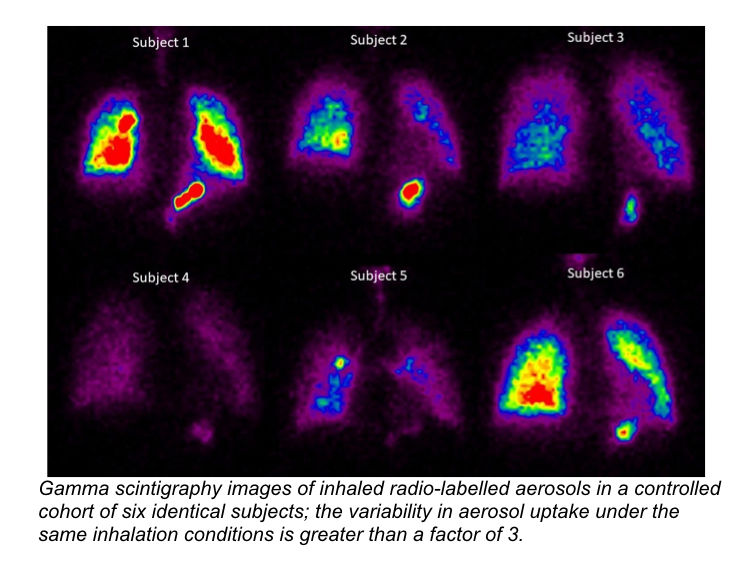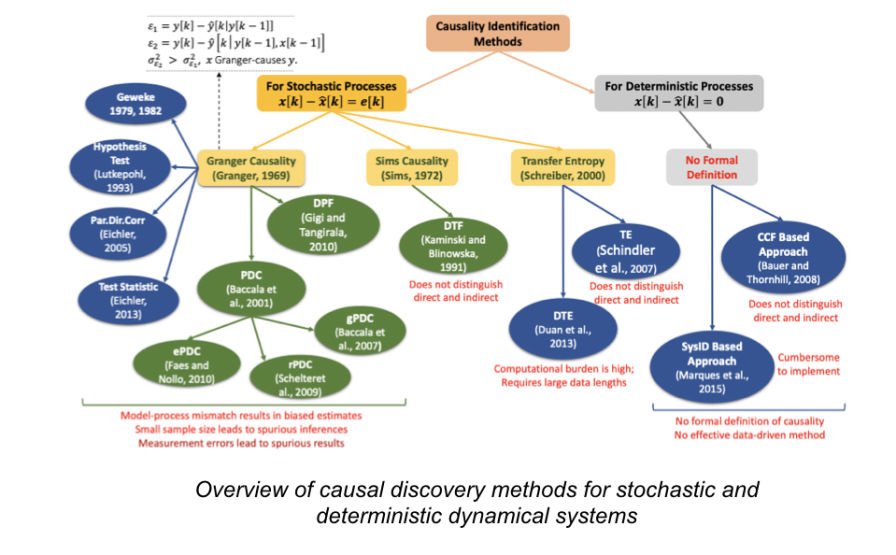Machine learning: Complex flow fields
Fluid flow problems involve complex nonlinear interactions, multiple spatio-temporal scales, heterogeneous data.
Experiments, simulations are slow, expensive, so parametric analysis difficult.
Strong parametric dependence and important qualitative changes: need more database for parametric interpolation and extrapolation,
Strong motivation for the development of more effective ML techniques: hybrid techniques to combine ML wth first principles of physics?
